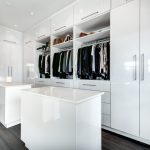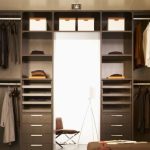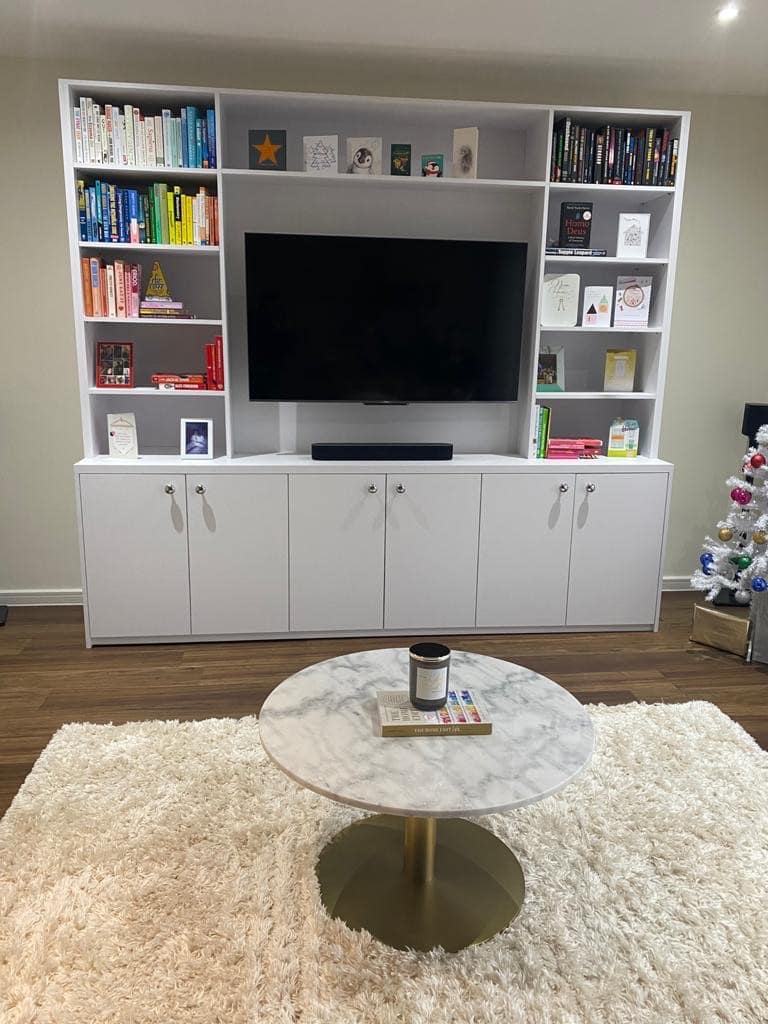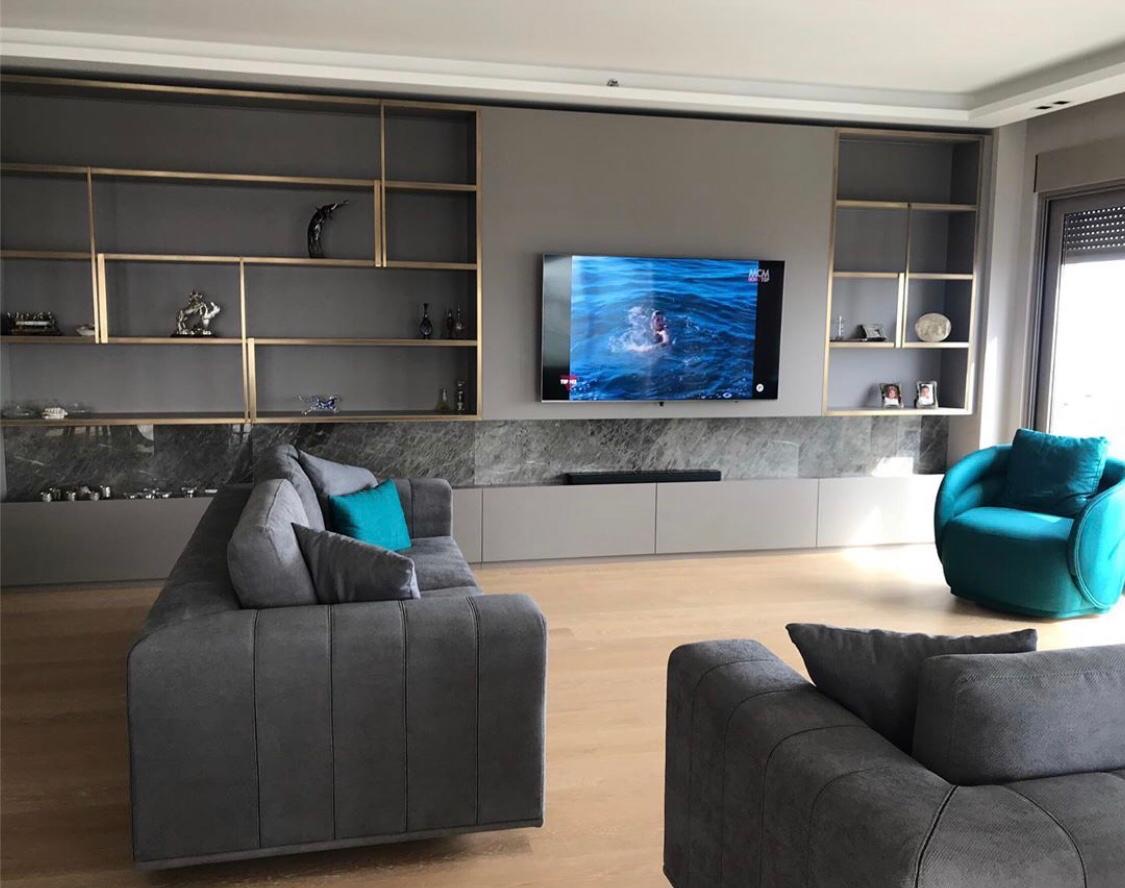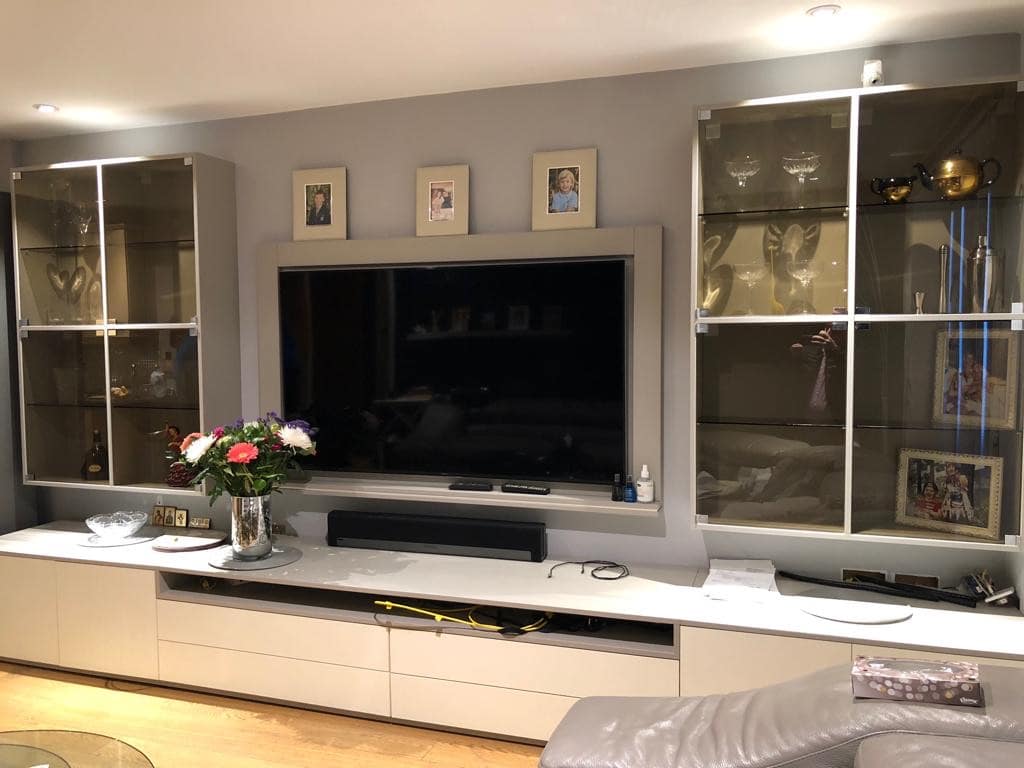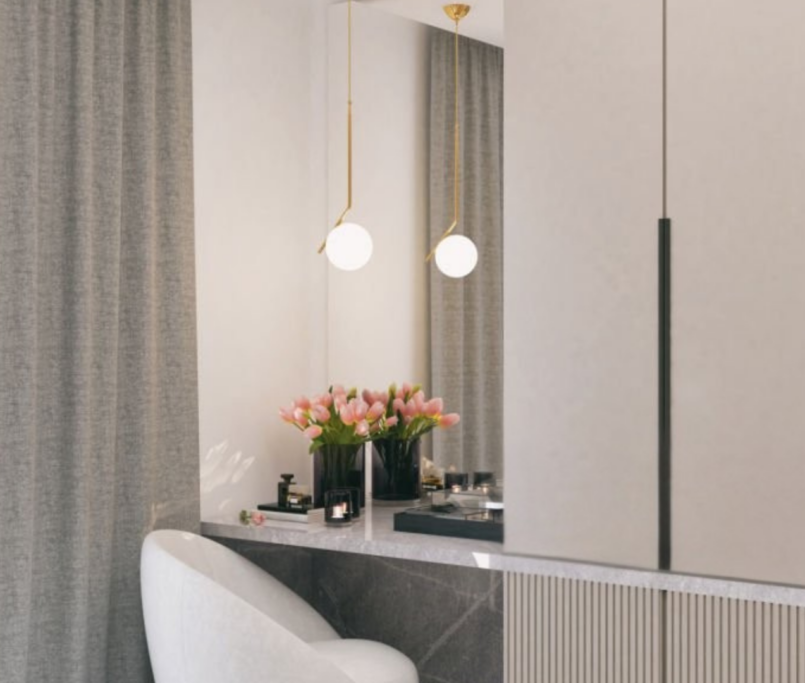Creating Dynamic Spaces with Bespoke Made-to-Measure Media Walls
Introduction
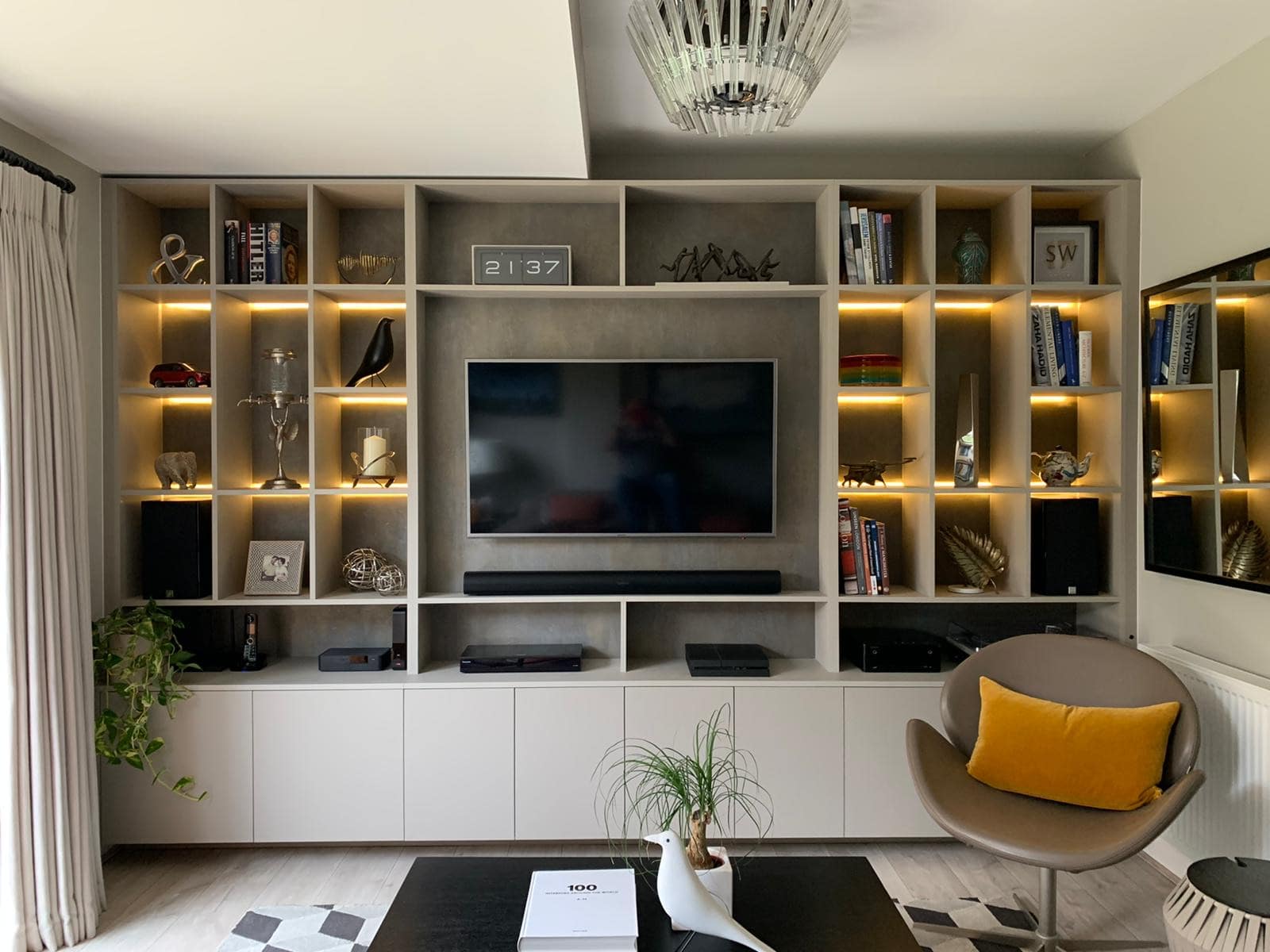
In today’s digital age, integrating technology into our living and workspaces is essential. One of the most innovative and stylish ways to achieve this integration is through bespoke made-to-measure media walls. These customised solutions are designed to fit your specific needs and enhance the aesthetic appeal of any room. From seamlessly incorporating your television and sound systems to providing additional storage and display space, media walls offer a perfect blend of functionality and style. This article explores everything you need to know about bespoke media walls, including their benefits, design options, installation process, and maintenance tips. Whether you’re looking to upgrade your home entertainment setup or create a professional office environment, bespoke media walls are a versatile solution that can be tailored to your unique requirements.
What Are Bespoke Made-to-Measure Media Walls?
Bespoke made-to-measure media walls are custom-designed structures that integrate various media devices and components into one cohesive unit. Unlike traditional media furniture, these walls are built to fit the exact dimensions and layout of your space. They can be tailored to house televisions, sound systems, gaming consoles, and even decorative elements like bookshelves and artwork.
Components of a Media Wall
- Television Mounting: The central feature of most media walls is a mounted television. The size and placement are tailored to provide optimal viewing angles and integrate with other components.
- Audio Integration: Speakers and soundbars can be seamlessly incorporated into the design, providing an immersive audio experience.
- Storage Solutions: Cabinets, shelves, and drawers can be added for storing media devices, DVDs, games, and other accessories.
- Lighting Elements: Integrated lighting options, such as LED strips, can enhance the ambience and highlight specific features of the media wall.
- Decorative Features: Options for including artwork, family photos, or decorative panels to personalise the space further.
Benefits of Bespoke Media Walls
Maximised Space Utilisation
A key advantage of bespoke media walls is their ability to optimise space. By customising the design to fit your room’s specific dimensions, you can make the most of available space, eliminating clutter and creating a streamlined look.
Enhanced Aesthetic Appeal
Bespoke media walls can transform a room’s appearance by providing a focal point that complements the existing decor. With endless design options, you can choose materials, colours, and finishes that align with your style preferences.
Increased Functionality
Beyond aesthetics, media walls offer practical benefits. They provide organised storage solutions, reduce visible cabling, and can accommodate various media devices. This functionality is especially valuable in multi-purpose rooms where space is limited.
Improved Viewing Experience
Customising the placement of your television and audio components ensures the best possible viewing and listening experience. You can achieve the perfect balance of screen height, distance, and sound distribution.
Design Options for Bespoke Media Walls
Contemporary Designs
For a modern look, consider sleek lines, minimalist finishes, and neutral colour palettes. Glossy materials, such as glass or high-gloss lacquer, can add a touch of sophistication.
Traditional Styles
If you prefer a classic feel, opt for wood finishes, ornate detailing, and warm colours. Traditional media walls can incorporate rich textures and decorative moulding.
Hybrid Solutions
Hybrid designs combine elements of both contemporary and traditional styles, offering a versatile solution that can adapt to changing tastes.
Incorporating Smart Technology
You can integrate smart home technology, allowing you to control lighting, sound, and media devices through a centralised system or mobile app.
Choosing the Right Materials
Selecting the right materials is crucial for both the aesthetic appeal and functionality of a bespoke media wall. Here’s a look at some common materials used:
Medium-Density Fibreboard (MDF)
MDF is a popular choice for media walls due to its smooth surface, which is ideal for painting and veneering. It’s less expensive than solid wood but offers a similar appearance. MDF is made by breaking down hardwood or softwood residuals into fine particles, which are then bonded with wax and resin under high pressure. This process makes MDF denser and more stable than plywood.
- Advantages: Cost-effective, easy to work with, and can be painted or veneered.
- Considerations: Heavier than other materials and can be prone to moisture damage if not properly sealed.
Melamine Faced Chipboard (MFC)
MFC is another cost-effective material used for media walls. It consists of a chipboard core covered with a melamine resin, providing a durable, scratch-resistant surface. MFC is available in a wide range of colours and finishes, making it versatile for different design styles.
- Advantages: Durable, scratch-resistant, and available in numerous finishes.
- Considerations: Edges can chip over time, and it lacks the ability to be shaped like solid wood or MDF.
Wood
Wood offers a timeless appeal and is highly customisable. Options range from natural oak and walnut to painted finishes that can match any decor.
- Advantages: Aesthetic versatility, strength, and can be refinished.
- Considerations: More expensive and requires maintenance to prevent wear and damage.
Metal
Metallic accents can add an industrial edge to your media wall. Brushed steel and aluminium are popular choices for a modern aesthetic.
- Advantages: Modern appearance, durable, and heat-resistant.
- Considerations: Can be more costly and may require professional installation due to weight.
Glass
Glass elements can create a sense of openness and light. Frosted or tinted glass can be used to conceal storage areas or add a decorative touch.
- Advantages: Enhances the feeling of space and light, can be decorative.
- Considerations: Fragile and may require frequent cleaning to maintain appearance.
Composite Materials
For a durable and cost-effective solution, consider composite materials. These can mimic the appearance of natural materials while offering greater flexibility in design.
- Advantages: Cost-effective, durable, and versatile in appearance.
- Considerations: May not have the same feel or prestige as natural materials.
Installation Process for Media Walls
Consultation and Design
The process begins with a consultation to assess your needs, preferences, and space constraints. A designer will create a detailed plan and 3D model to visualise the final product.
Customisation and Fabrication
Once the design is approved, the bespoke unit is custom-built to your specifications. Skilled craftsmen ensure precision and attention to detail during fabrication.
Professional Installation
Installation is carried out by experienced professionals who ensure the unit is securely mounted and all components are properly integrated.
Final Adjustments and Testing
After installation, final adjustments are made, and the system is tested to ensure optimal performance. This includes checking audio-visual connections, alignment, and structural integrity.
Maintenance and Care for Media Walls
Regular Cleaning
To maintain the appearance of your bespoke unit, dust regularly with a soft cloth and use gentle cleaning solutions for more thorough cleaning.
Inspection and Repairs
Periodically inspect the media wall for any signs of wear or damage. Address issues promptly to prevent further deterioration.
Updating Technology
As technology evolves, you may wish to update the components of your media wall. Ensure compatibility with new devices and consult professionals for seamless integration.
Cost Considerations
Factors Influencing Cost
The cost of a bespoke media wall can vary based on factors such as materials, size, complexity, and additional features like lighting or smart technology.
Budgeting Tips
- Prioritise Needs: Determine which elements are essential and where you can compromise to stay within budget.
- Seek Professional Advice: Consult with designers to explore cost-effective options and design alternatives.
- Plan for the Future: Consider future-proofing your media wall to accommodate potential upgrades or changes in technology.
Examples of Bespoke Media Walls
Living Room Entertainment Centres
A popular choice are living room designs often include a mounted television, integrated sound system, and ample storage for media accessories.
Home Office Solutions
Media walls in home offices can provide a centralised hub for computers, printers, and communication devices, creating a professional and organised workspace.
Multi-Functional Spaces
In spaces that serve multiple purposes, such as studio apartments or family rooms, media walls can define areas while providing entertainment and storage solutions.
FAQs
What are the advantages of a bespoke media wall over traditional furniture?
Bespoke media walls offer several advantages over traditional furniture, including customised fit, integrated storage solutions, and enhanced aesthetic appeal. They can be tailored to specific room dimensions, maximising space utilisation and providing a seamless, uncluttered look.
How do I choose the right design for my media wall?
When choosing a design, consider your style preferences, the room’s existing decor, and functional requirements. Work with a designer to explore different materials, colours, and layouts that align with your vision and practical needs.
Can a media wall accommodate future technology upgrades?
Yes, bespoke media walls can be designed to accommodate future upgrades. By planning for potential changes in technology, you can ensure your media wall remains functional and relevant over time.
What materials are best for a media wall?
The best materials depend on your design preferences and budget. Wood offers a classic look, while metal and glass provide modern appeal. Composite materials are a cost-effective alternative that offers durability and flexibility in design.
Is professional installation necessary for media walls?
Professional installation is highly recommended to ensure the media wall is securely mounted and all components are properly integrated. This ensures the longevity and safety of the installation.


